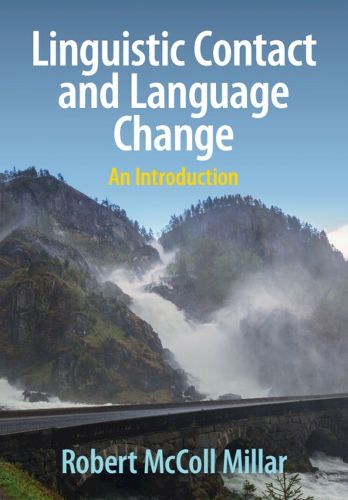Readings Newsletter
Become a Readings Member to make your shopping experience even easier.
Sign in or sign up for free!
You’re not far away from qualifying for FREE standard shipping within Australia
You’ve qualified for FREE standard shipping within Australia
The cart is loading…






Linguistic contact is a reality of everyday life, as speakers of different languages come into contact with one another, often causing language change. This undergraduate textbook provides a means by which these processes, both modern and historical, can be analysed, based on cutting-edge theoretical and methodological practices. Chapters cover language death, the development of pidgins and creoles, linguistic convergence and language contact, and new variety formation. Each chapter is subdivided into key themes, which are supported by diverse and real-world case studies. Student learning is bolstered by illustrative maps, exercises, research tasks, further reading suggestions, and a glossary. Ancillary resources are available including extra content not covered in the book, links to recordings of some of the language varieties covered, and additional discussion, presentation and essay topics. Primarily for undergraduate students of linguistics, it provides a balanced, historically grounded, and up-to-date introduction to linguistic contact and language change.
$9.00 standard shipping within Australia
FREE standard shipping within Australia for orders over $100.00
Express & International shipping calculated at checkout
Linguistic contact is a reality of everyday life, as speakers of different languages come into contact with one another, often causing language change. This undergraduate textbook provides a means by which these processes, both modern and historical, can be analysed, based on cutting-edge theoretical and methodological practices. Chapters cover language death, the development of pidgins and creoles, linguistic convergence and language contact, and new variety formation. Each chapter is subdivided into key themes, which are supported by diverse and real-world case studies. Student learning is bolstered by illustrative maps, exercises, research tasks, further reading suggestions, and a glossary. Ancillary resources are available including extra content not covered in the book, links to recordings of some of the language varieties covered, and additional discussion, presentation and essay topics. Primarily for undergraduate students of linguistics, it provides a balanced, historically grounded, and up-to-date introduction to linguistic contact and language change.